This article originally appeared on my old Mystara site back in 2006. It proved rather popular at the time, so I’m reposting a revised version here at the Atlas of Mystara for your enjoyment.
Introduction
In February 2006, while browsing the Acaeum site, I came across something interesting: among the foreign editions for the old D&D rules, there were Japanese versions.
Since I had been living in Japan since July 2000, this was a nice surprise for me. I had seen very little evidence of active roleplaying going on here in Japan, but it was nice to know that they released the books. Moreover, it gave me something interesting to look for and try to collect.
Looking into the availability of these books, however, proved difficult. Yahoo Auctions and the Japanese auction site Rakuten Ichiba both yielded few results. Of these, three sets of books seemed to be reasonably common: the Rules Cyclopedia, in three volumes; a translation of the Penhaligon Trilogy, in five volumes; and a “replay” of a Mystara campaign, in five volumes. (According to one of my Japanese friends, these “replays” used to be quite popular. It seems they are basically dramatised campaign reports, complete with characters, background and setting info, etc.)
Of these, the Rules Cyclopedia seemed to be the least over-priced, and the easiest to obtain, so I went ahead and bought it. The final price including postage was 4,460 yen.
D&D in Japanese
The Japanese version of the Rules Cyclopedia comes in three volumes: (1) Player’s, (2) Dungeon Master’s and (3) Monsters. Each booklet is about B6 size – the same size as a small manga comic book. The original prices were 900, 980, and 800 yen respectively, and the total page count comes to more than 1,100 pages. It must have been hellishly difficult to find a particular rule in them – I mean, the English A4 version was hard enough!
Cover Art
Note that the books are traditional Japanese style, which means that they read from right to left, with the cover on what we would consider to be the back cover.
(3) Monsters is on the left, (2) Dungeon Master’s in the middle, and (1) Player’s on the right.
Take off the slipcase and you can see a star map. I placed two books side by side so you can see the front and back together.
Player’s Book Colour Plates
Inside each book, there is a small colour section at the front, with the rest of the book in black and white. Let’s take a look at the colour sections, starting with the Player’s book.
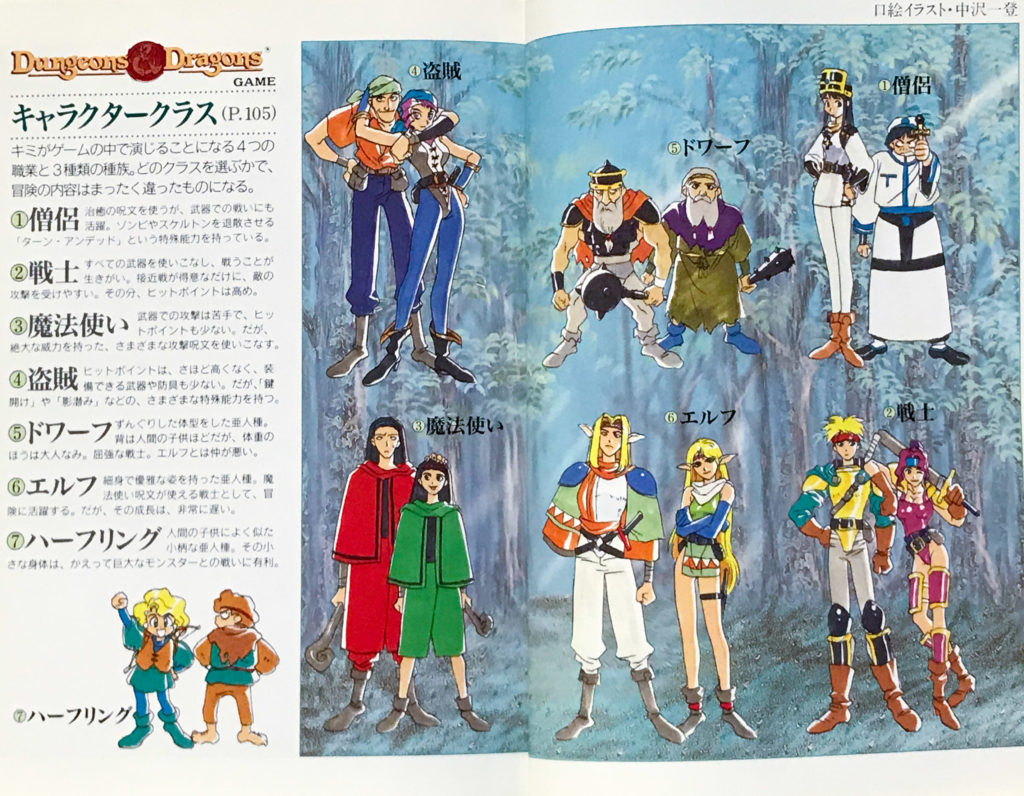
(1) 僧侶 Cleric, (2) 戦士 Fighter, (3) 魔法使い Magic-user, (4) 盗賊 Thief, (5) ドワーフ Dwarf, (6) エルフ Elf, (7) ハーフリング Halfling
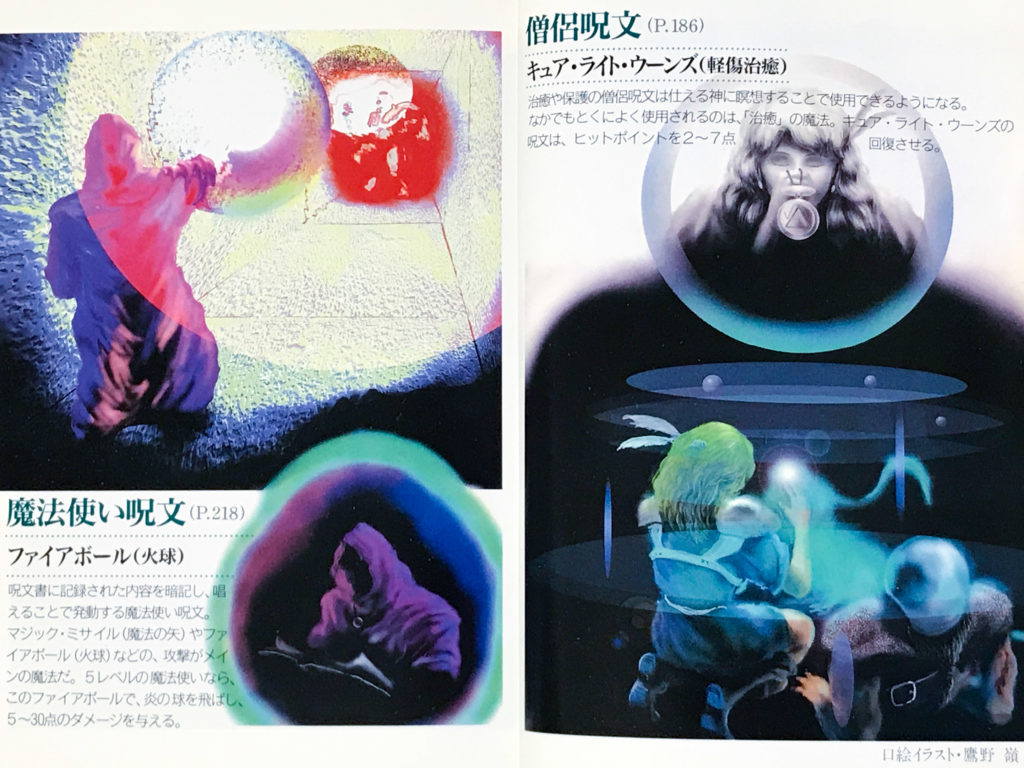
(1) プレートメイル Plate mail, (2) チェインメイル Chain mail, (3) バトルアックス (戦斧) Battle axe, (4) ノーマルソード (剣) Normal sword, (5) スリング Sling, (6) クラブ (棍棒) Club, (7) ロングボウ (長弓) Longbow, (8) ダガー (短剣) Dagger, (9) スタッフ (杖) Staff, (10) スピア (槍) Spear.
Japan’s cultural background is of course quite different from that of western nations, so it’s interesting to see these images. The anime style is obviously trying to make things more familiar, while at the same time images like this could be said to be conveying western symbols and ideas, for those who may not be familiar with them.
(1) 葡萄酒 Wine, (2) ロープ Rope, (3) ほぐち箱 Tinderbox, (4) Pouch 小袋, (5) 非常食 Rations, (6) 貨幣 Coins, (7) ひっかけ鉤 Grappling hook, (8) ハンマー Hammer, (9) 油 Oil, (10) 鉄釘 Iron spikes
DM’s Book Colour Plates
The DM’s book’s colour illustrations focus on gameplay and setting. This first one is a general picture of the “adventure setting”.
The text here introduces the concepts of DMs, players, adventuring, and monsters. Then it talks about the world beyond the dungeon, and even mentions hex maps.
“Combat”.
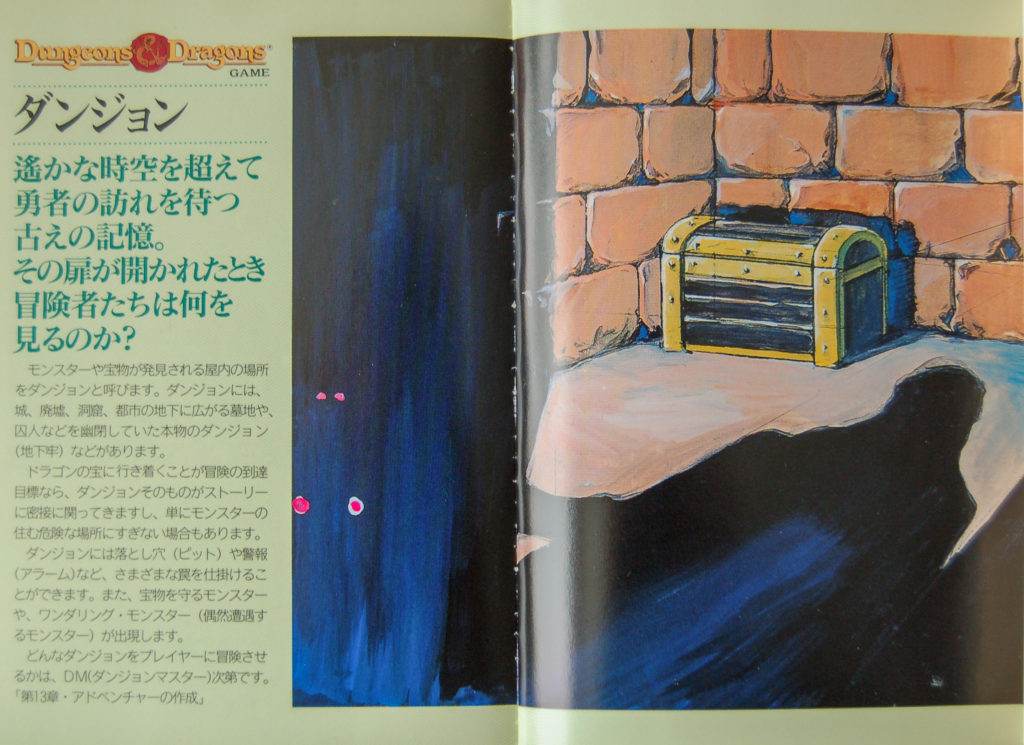
“Dungeon”.
Answering the question of the previous pages, the last of the colour pages presents a glorious treasure hoard.
Monsters Book Colour Plates
Finally the Monsters book shows some interesting ensemble pictures of monsters.
In this one you can see (left to right) an ogre, a minotaur, a golem (in back), a troll (at the front), a mummy, a kobold (at the front), a hydra, a dragon, a bat, an ochre jelly (front) and a gargoyle. “The monsters are waiting for you!”
The second picture shows a giant, a unicorn, a chimera, a goblin, a wolf, an orc, a manticore, an elf and a dwarf. “Monsters are everywhere!”
We have a wyvern, a harpy, a griffon and a hippogriff in the air, with a whale, a sea elf, a shark, a dolphin, and a mermaid under the sea.
The last panel shows monster types, dividing them into humanoids, lowlife (spiders, slimes, etc.), dragons, general monsters, other-planar monsters, magical constructs, undead and animals.
Internal Illustrations
Now let’s take a look inside the book.
Everything reads from right to left, in vertical columns – even the tables have been converted to vertical format, as you can see. This page is the magic-user’s XP chart and description. For some reason they only list each class up to 9th level. Even though the maximum level is stated as being 36th, they don’t seem to give any details for how to advance past 9th.
Lastly, here are some illustrations from the book.
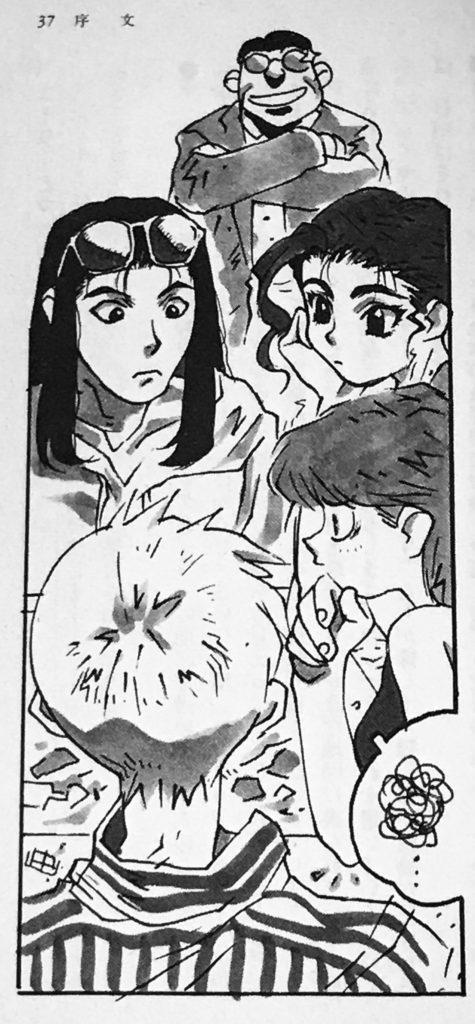
Friends getting together. 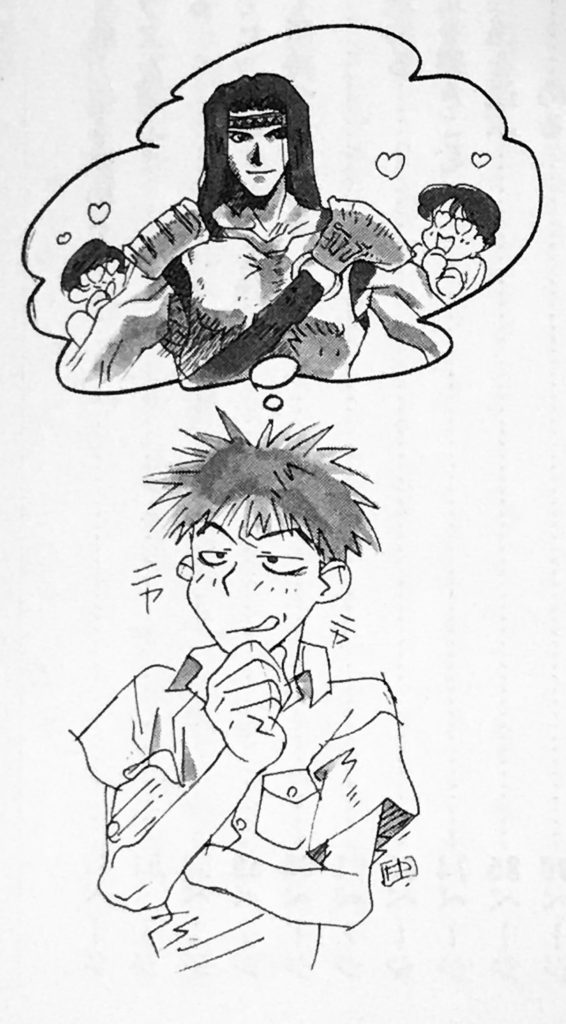
Character creation. 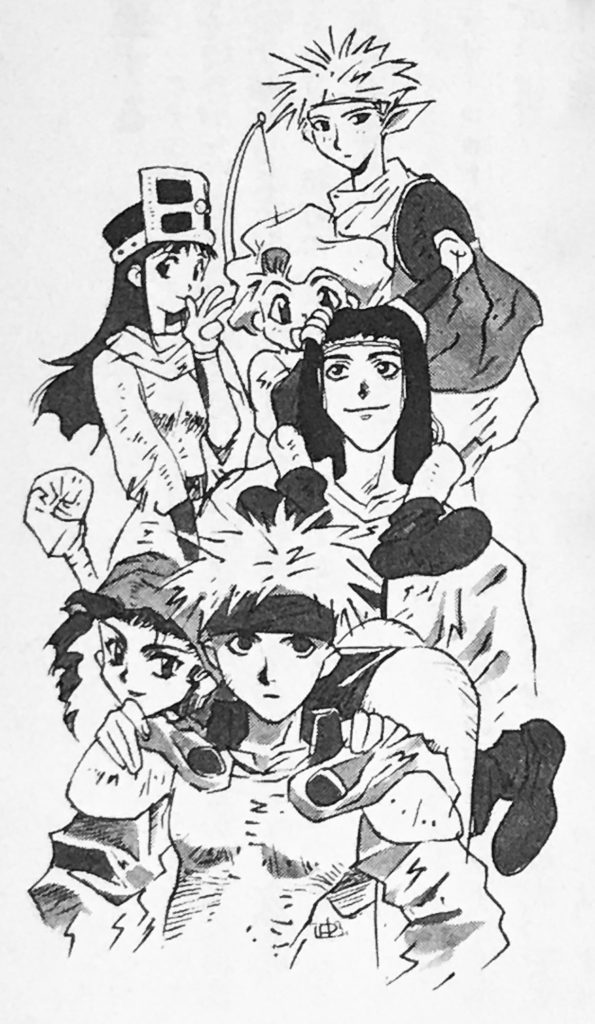
The party. 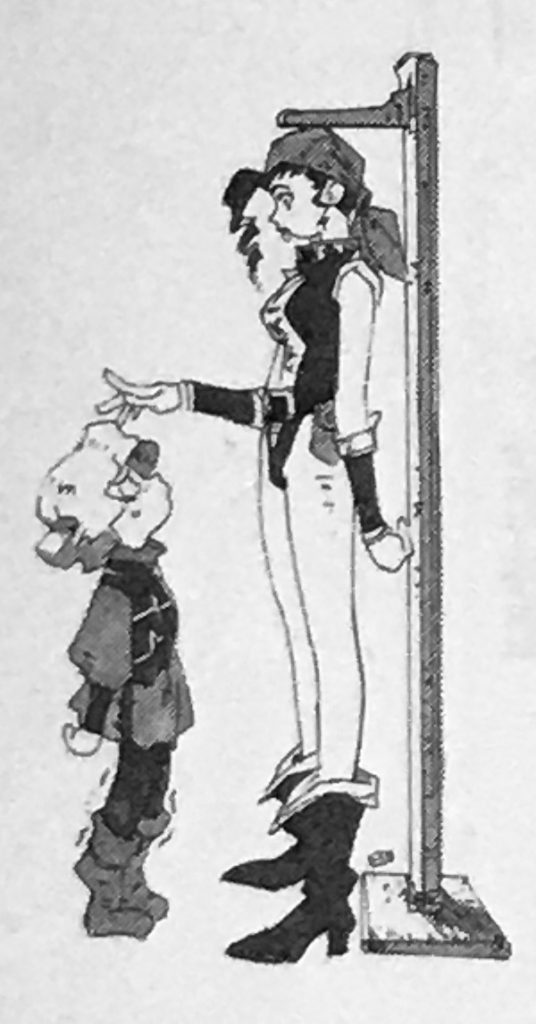
Height differences. 
A kindly cleric helping a fighter. 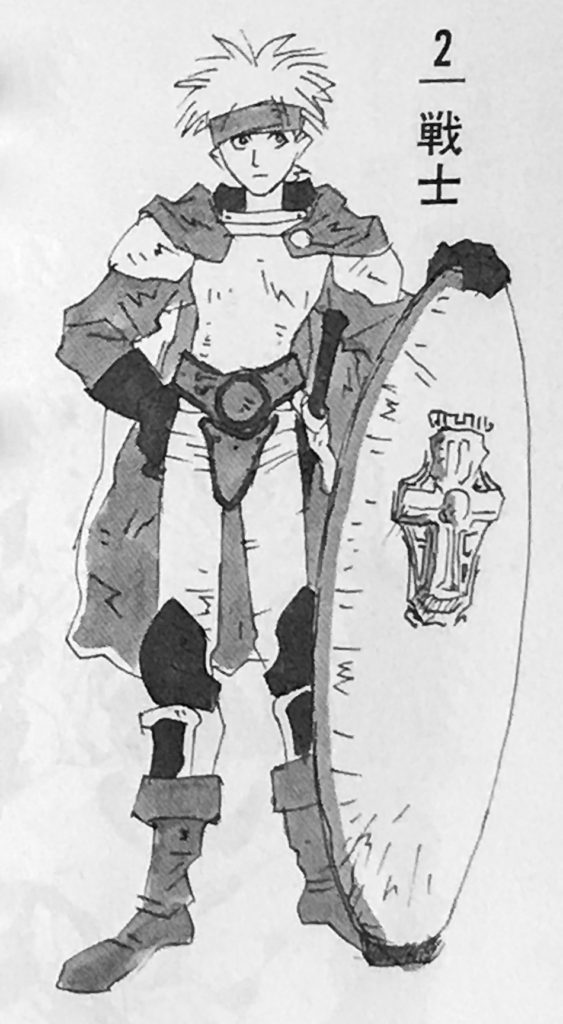
Fighter. 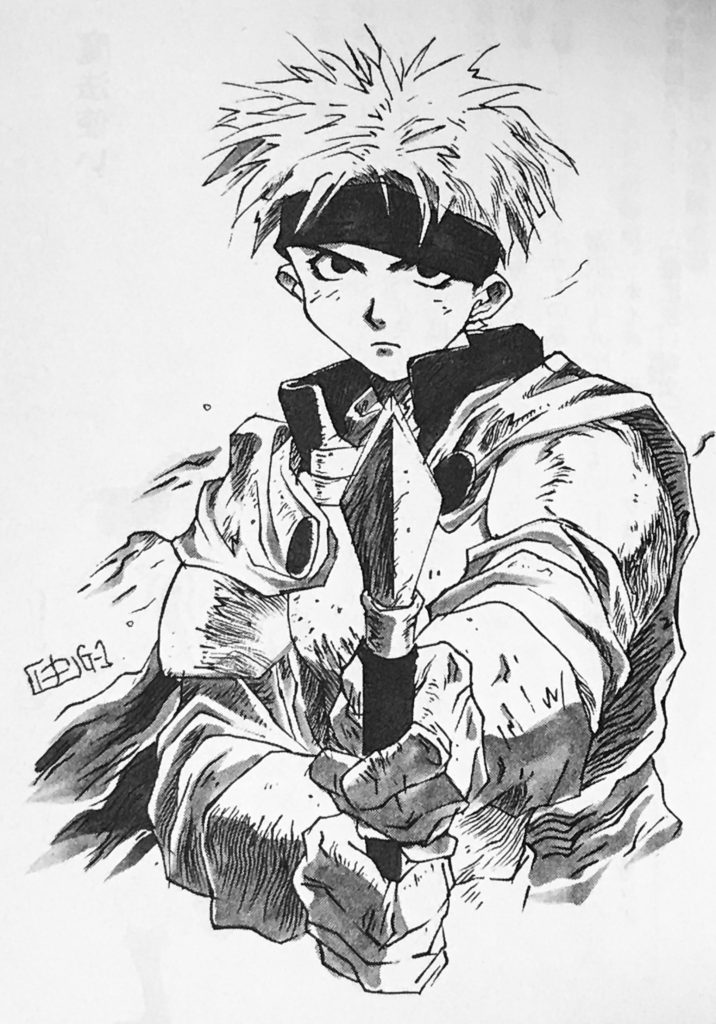
Fighter in action. 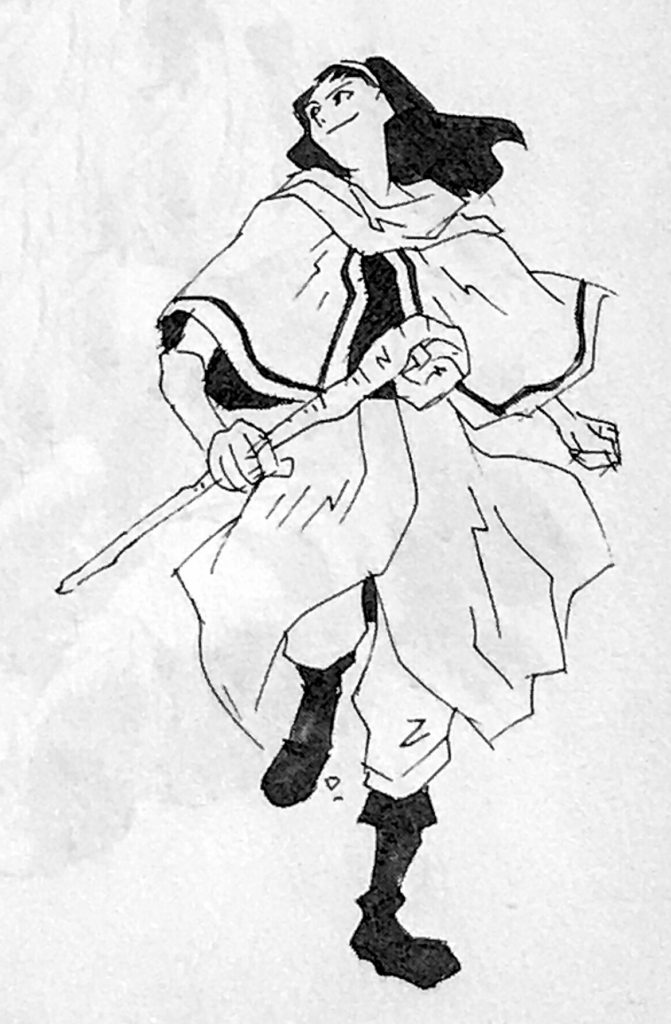
Magic-user. 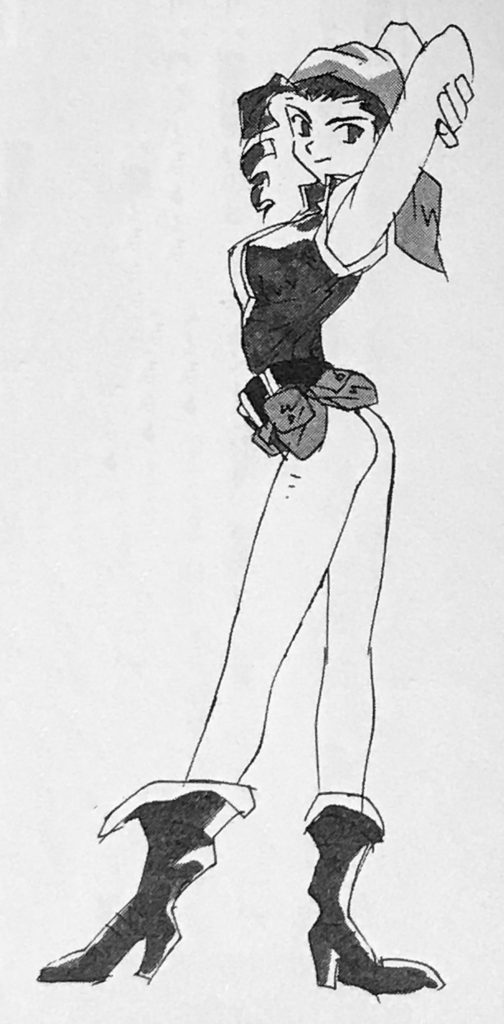
Thief. 
Anime-style dwarf… 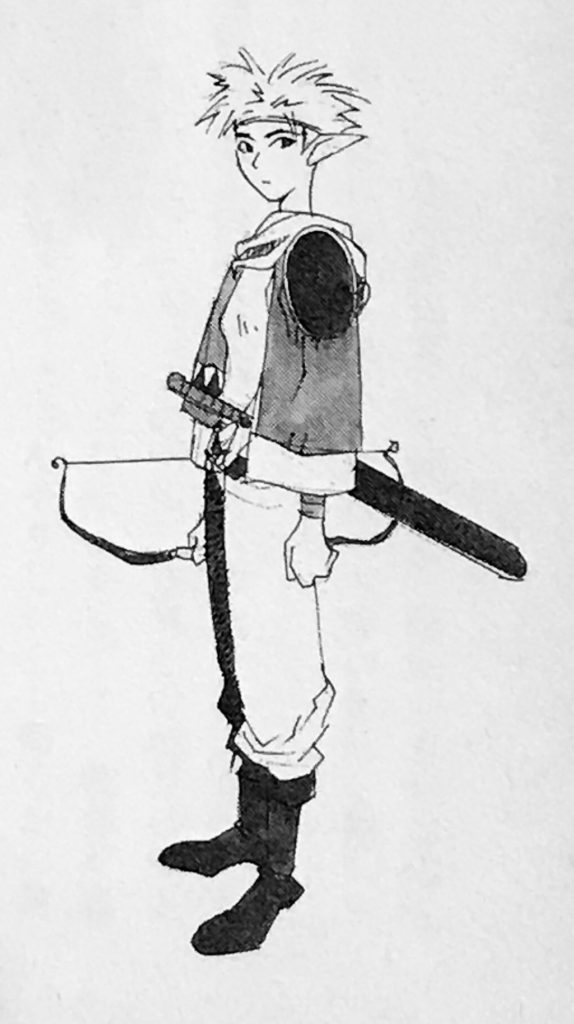
A very cute looking elf. 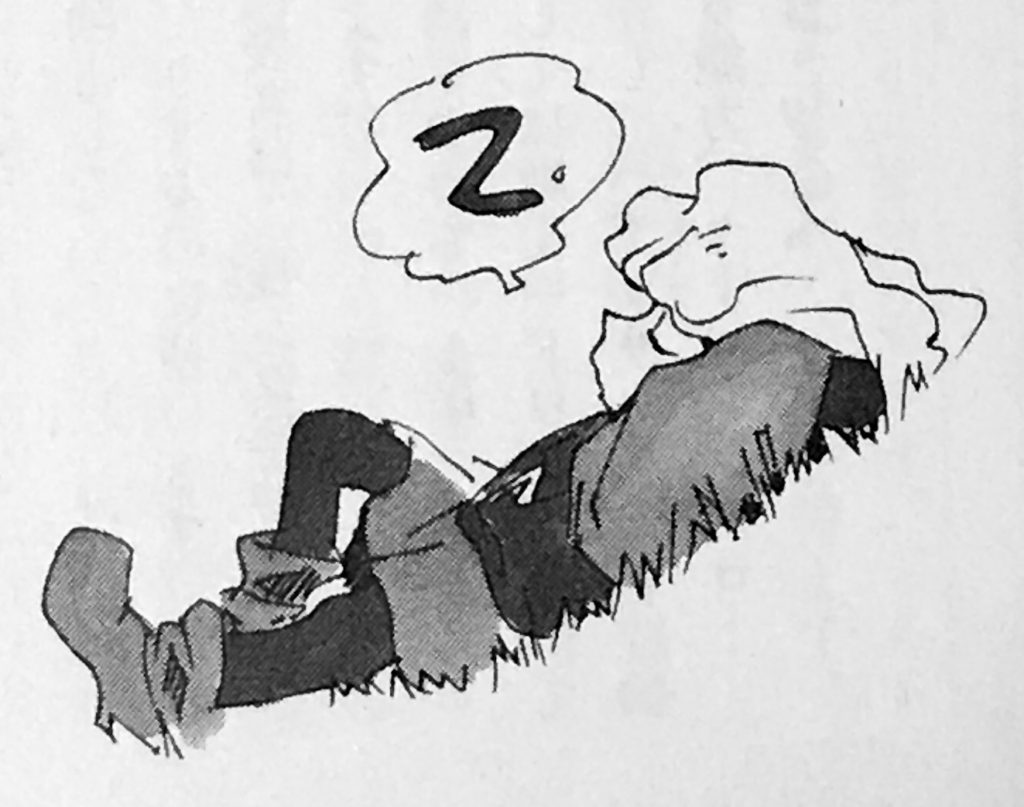
Sleeping halfling. 
A woman holding an unreasonably large “saikoro” (die). 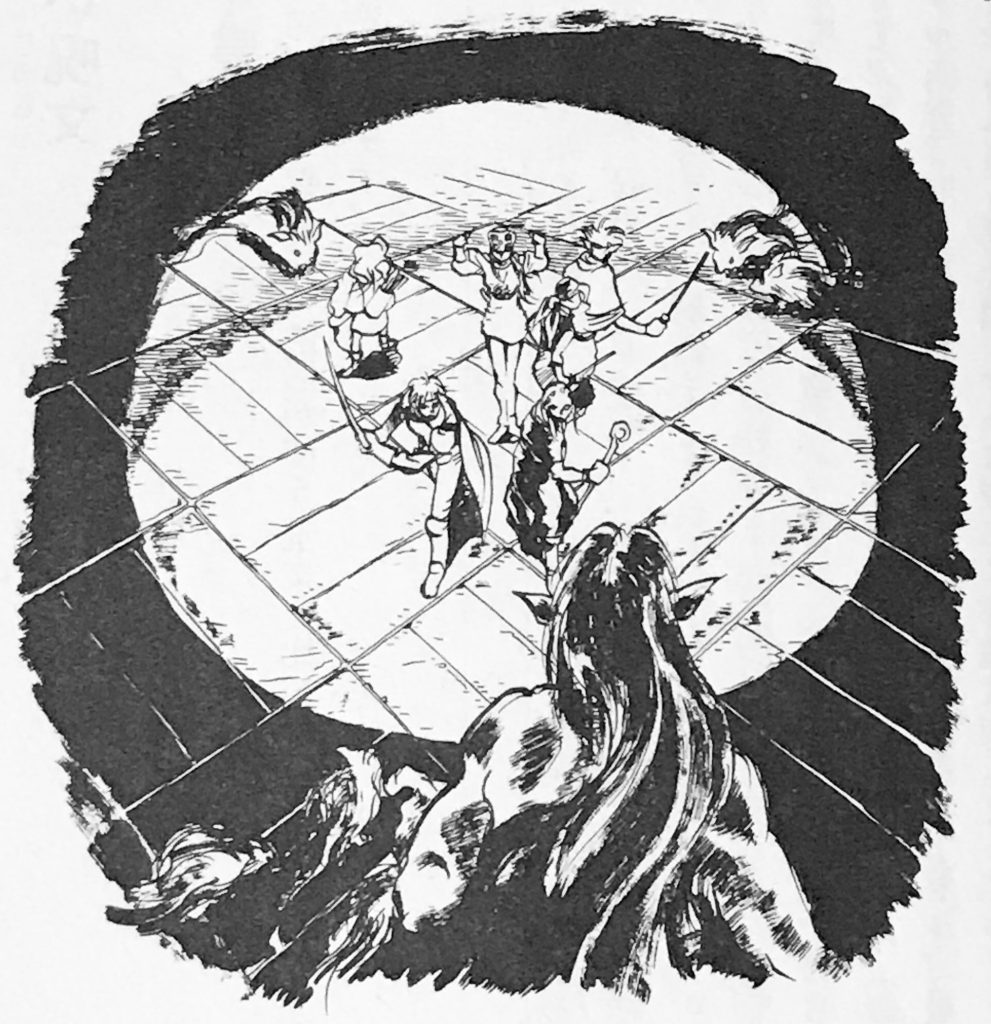
Ambush! 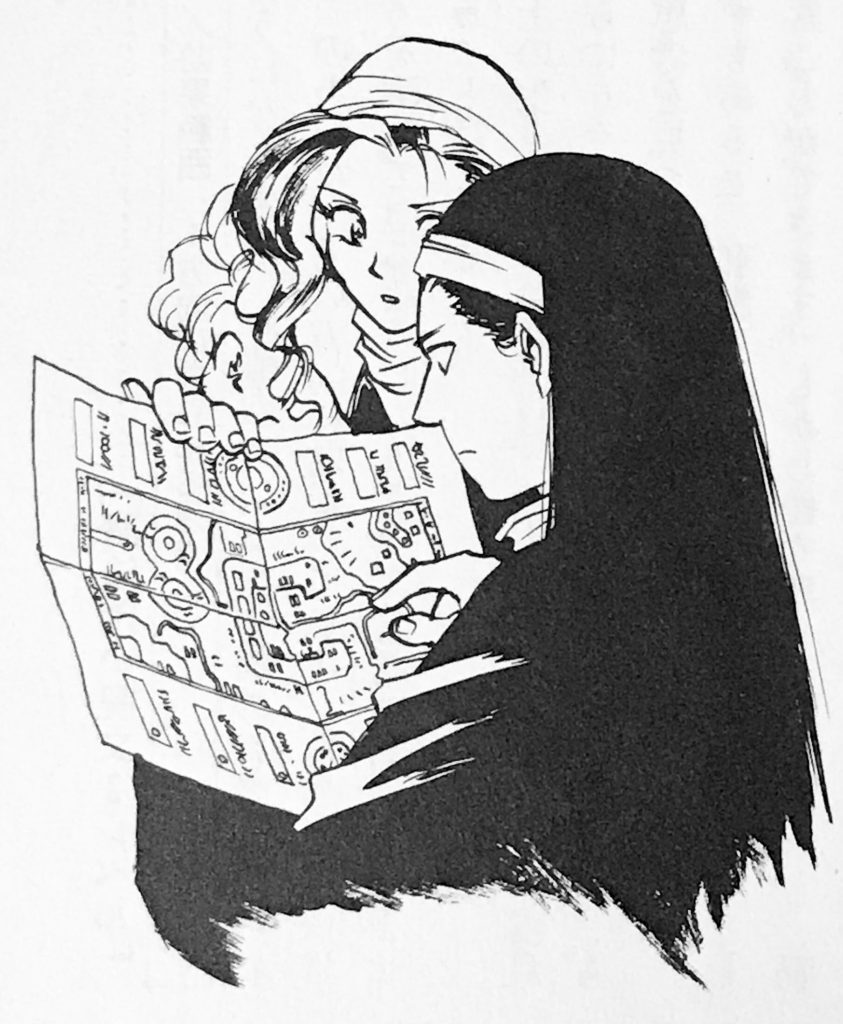
Checking the map. 
Magic. 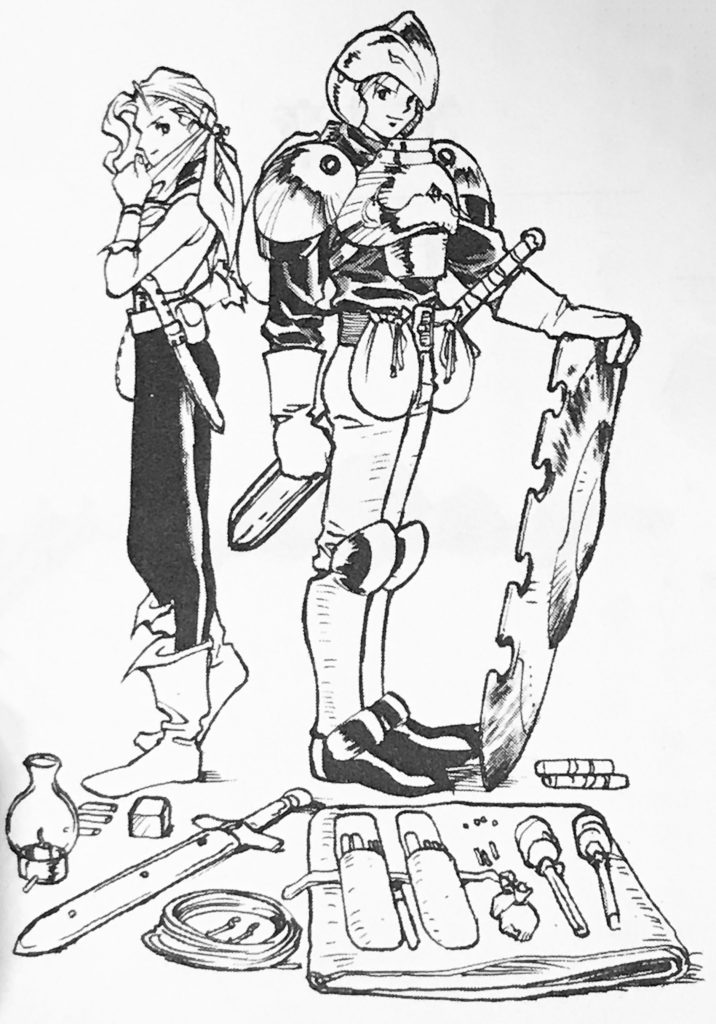
Be prepared! 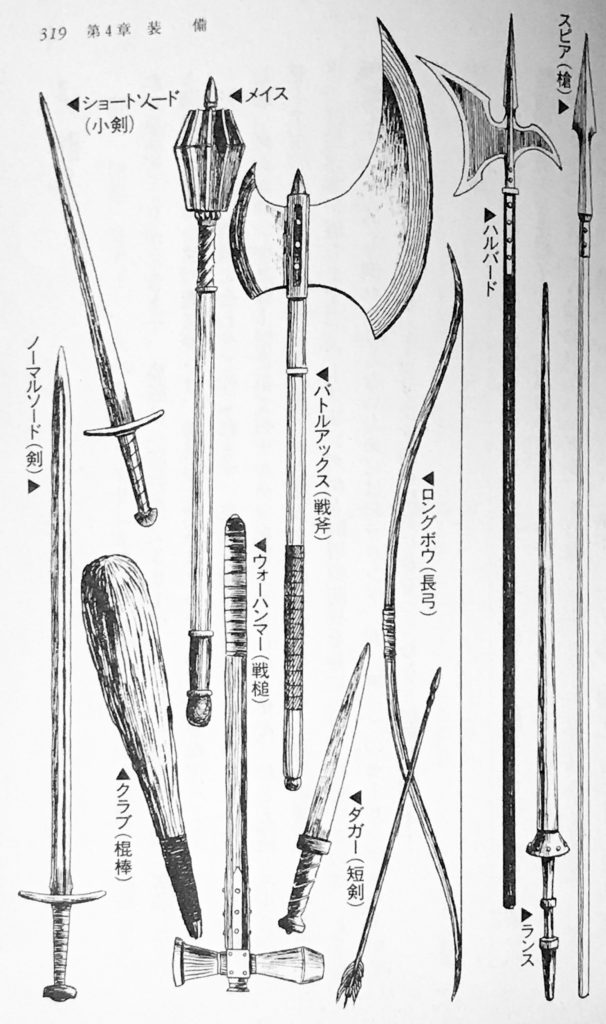
A selection of weapons. 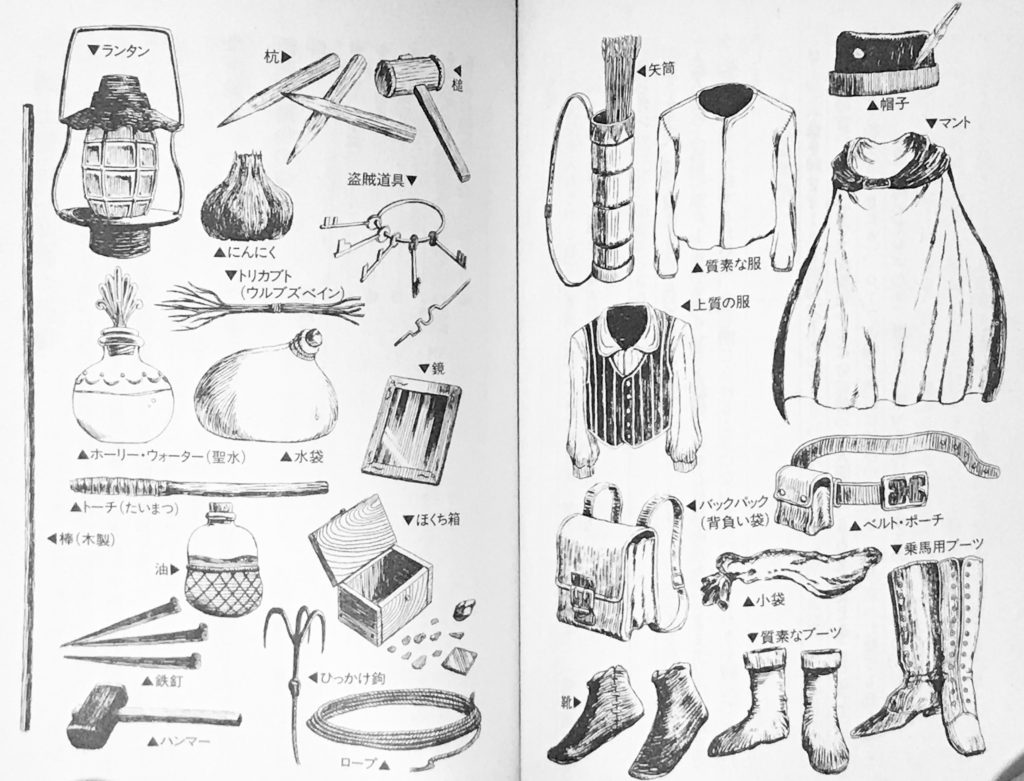
Adventuring equipment.
The manga style mixed with D&D classes is quite strange indeed!
That’s it for now. There are a lot more pictures to share, mostly from the third volume, Monsters. I will either update this article or write another one at a later date.

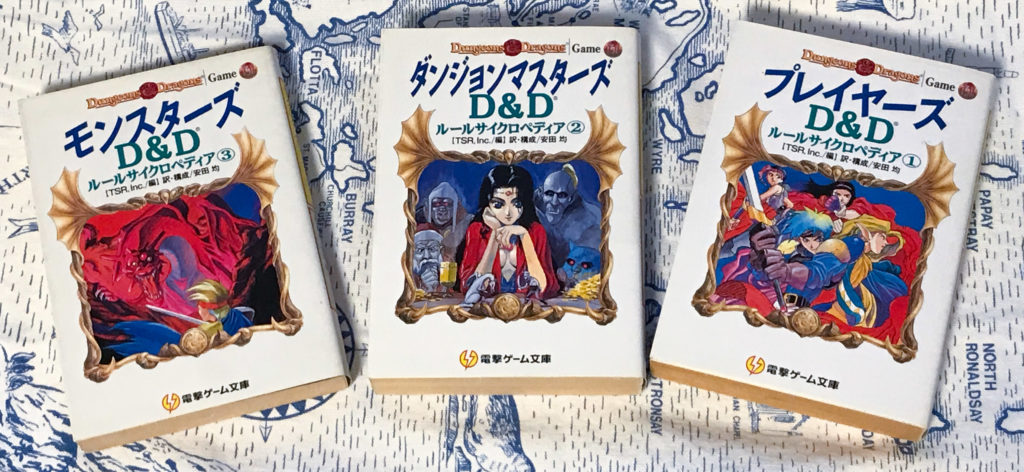
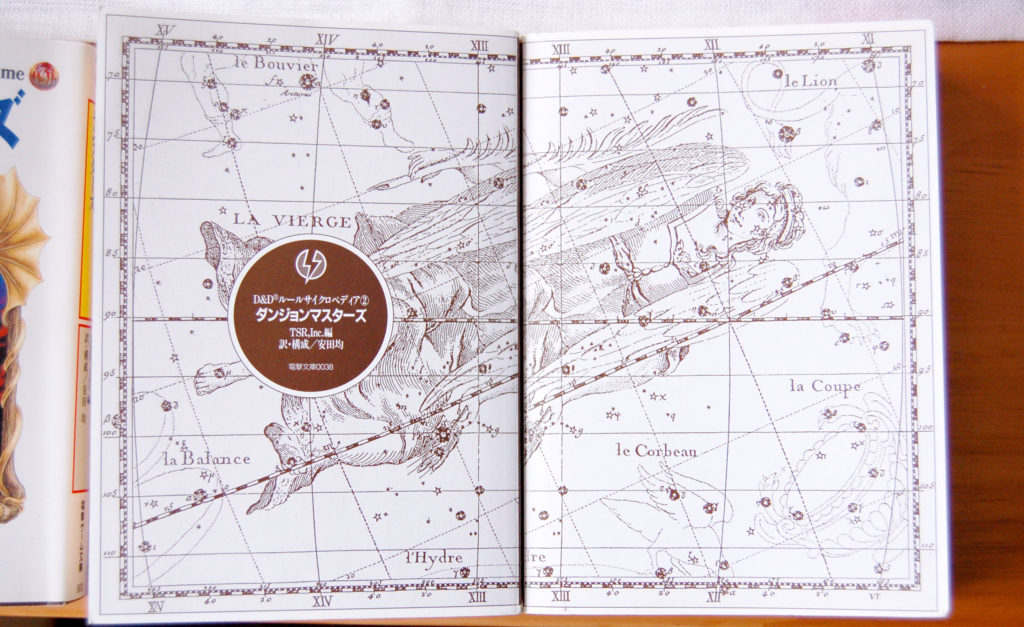
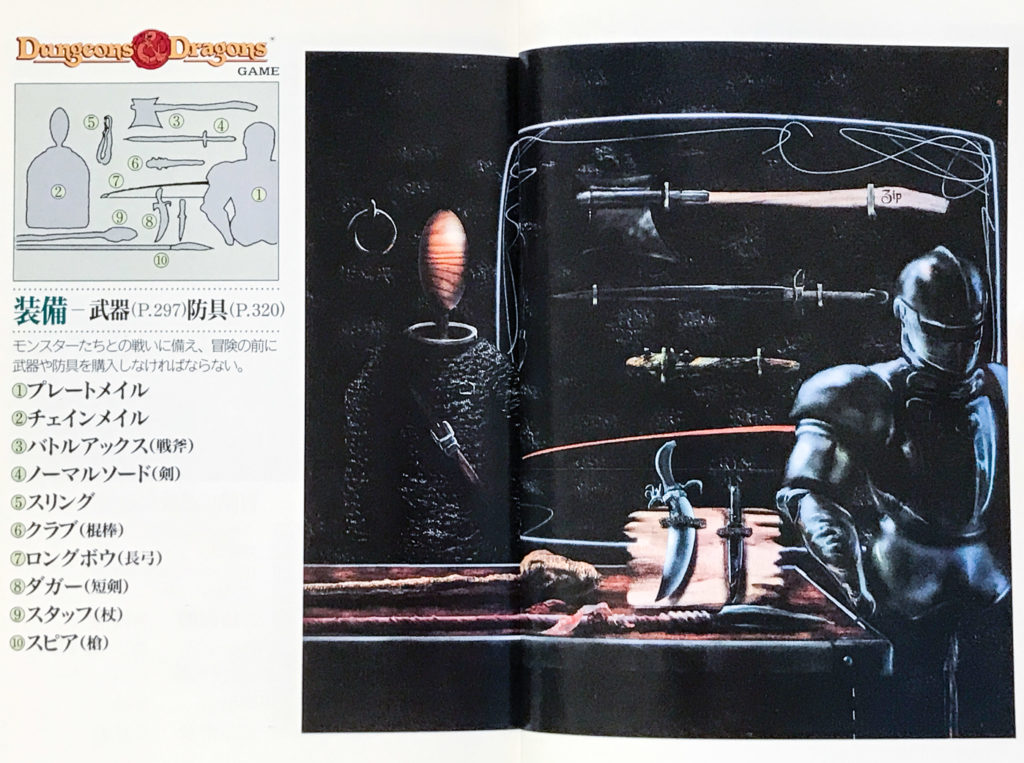
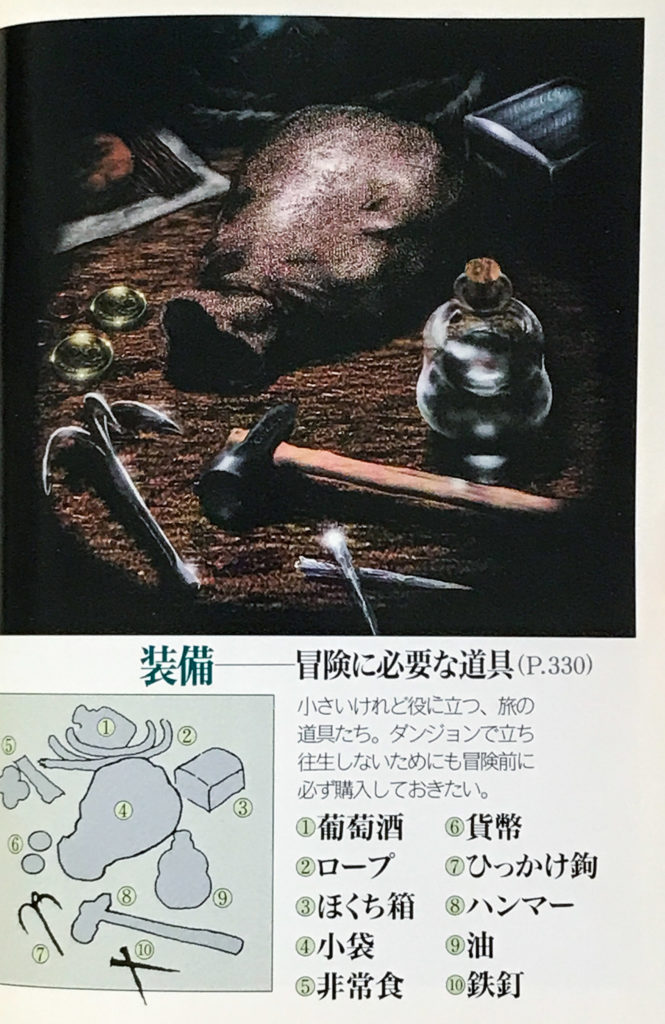
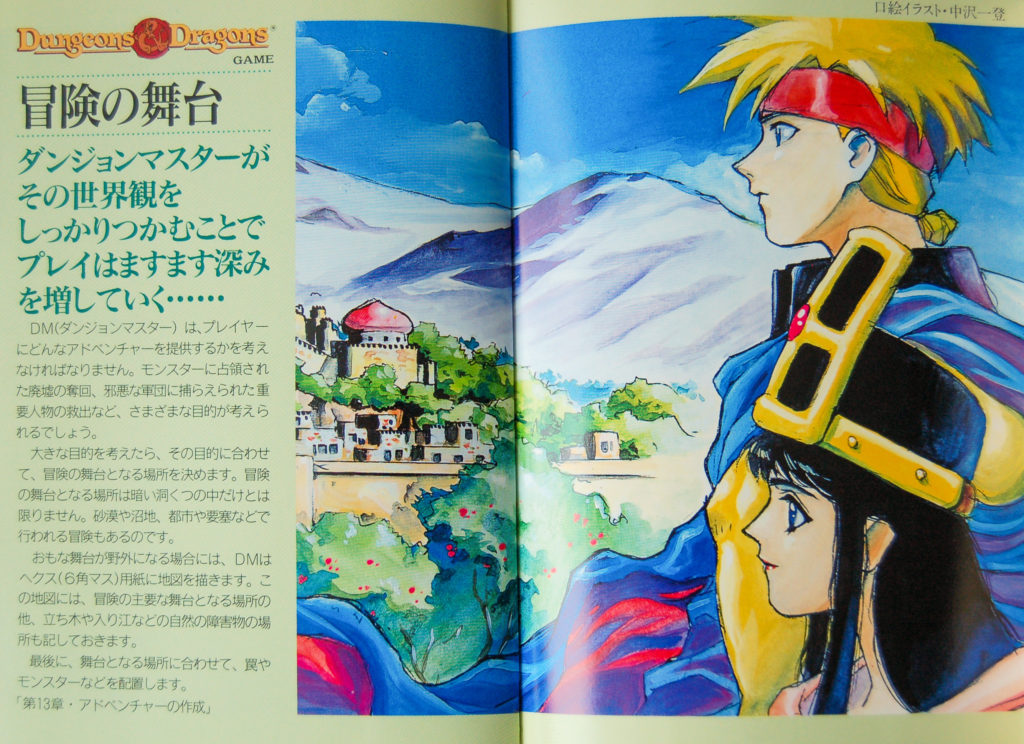
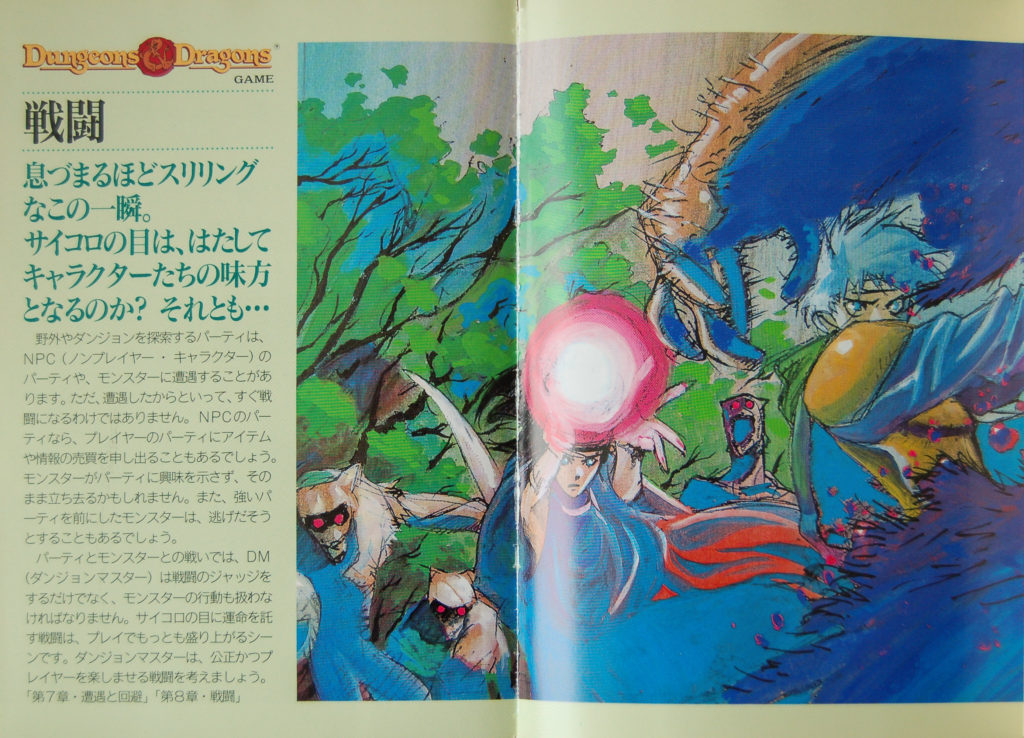
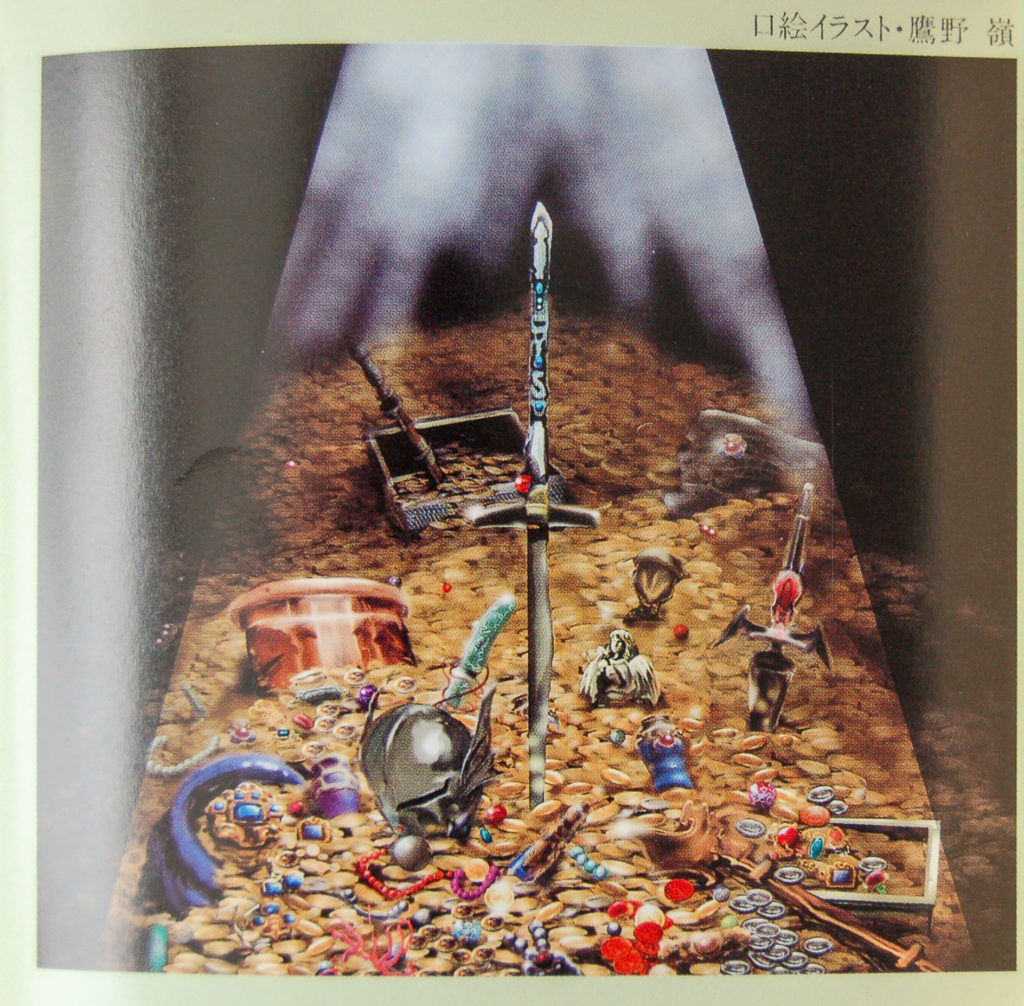
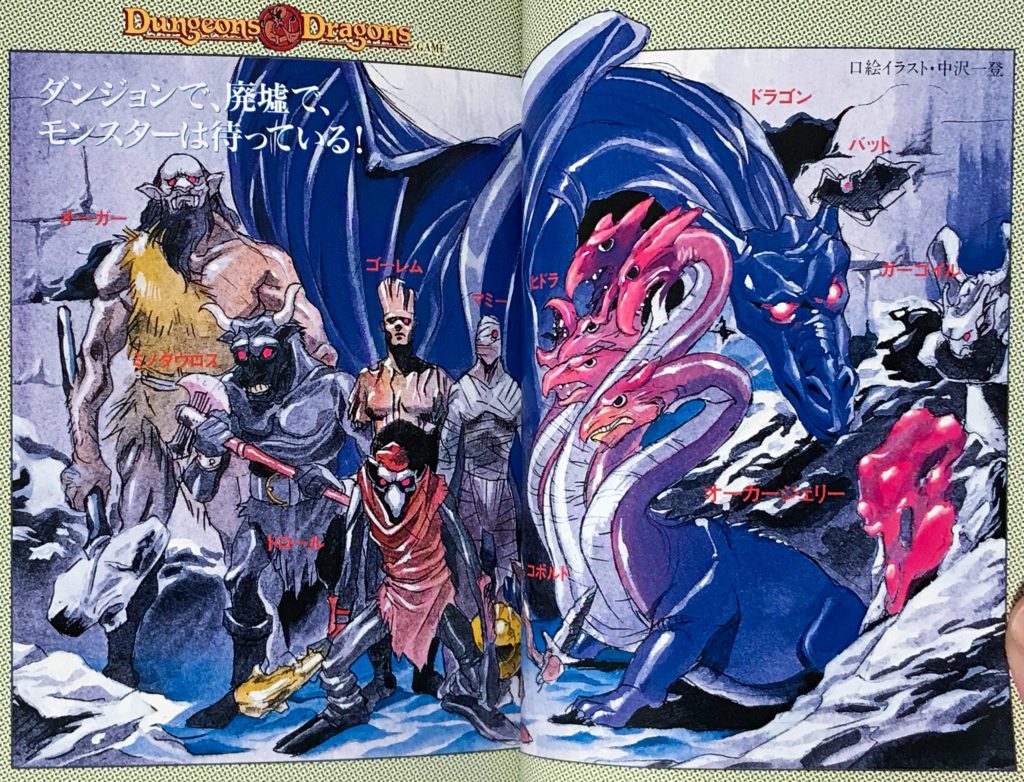



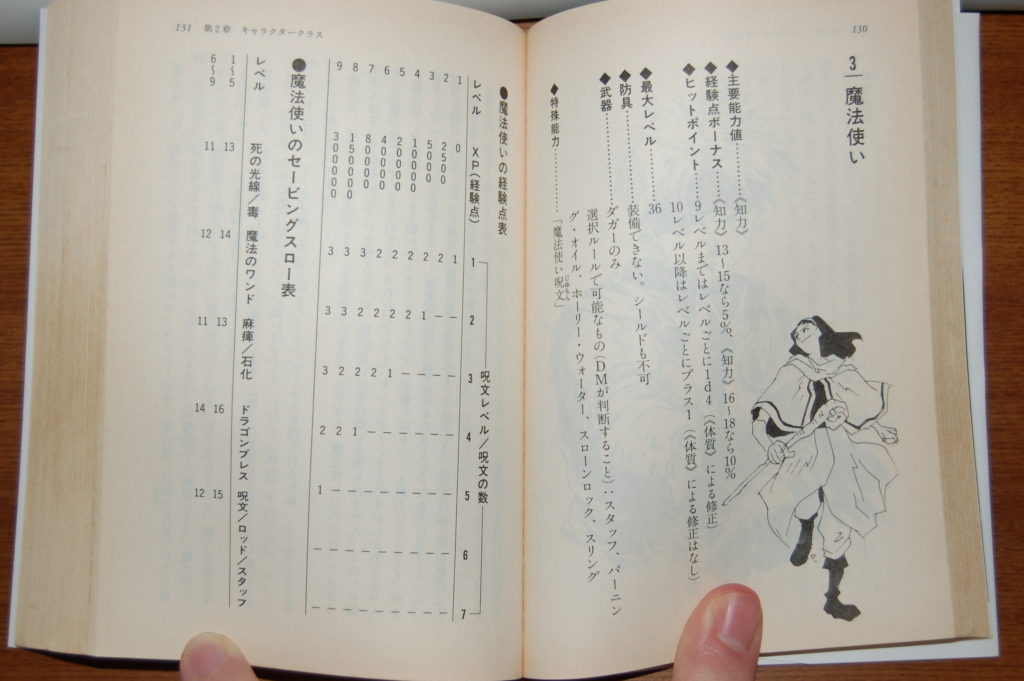
15 June 2018 @ 3:15 am
Classes:
1) Cleric 2) Fighter 4) Thief 5) Dwarf 6) Elf 7) Halfling
#3 im not sure but its either a Mystic or a Druid. Since it looks like these are the starting classes I’m going to say Mystic because in the RC Druids come from Clerics at 9th level.
15 June 2018 @ 11:00 am
Good try! You got them all right, except for #3 which in fact is Magic-user. Interesting to see the interpretation of wizard’s robes. They look a bit different from the western conception of magic-users, don’t they?
22 February 2020 @ 11:39 am
Hey, this is a great read. Is there any chance I can have/see a scan of the credits and acknowledgements of these cyclopedias? I’m trying to work out who the artist was and I’m having a tough time. Feel free to get in touch with me on Twitter at https://twitter.com/Play_More_KOF